
1886 - 1958
Robert Falk
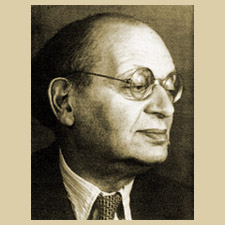
description
A Russian painter, sculptor, graphic artist and stage designer of Jewish origin, who combined the features of Russian Art Nouveau and avant-garde in his original work. One of the most famous and prominent Yiddish theater artists. Almost one decade spent in France did not make him a member of the Paris School of Art; accused of formalism, Robert Falk rarely exhibited his paintings in his motherland for the last twenty years of his creative career. However, he continued to create easel paintings “for himself”. He showed his works privately as a representative of unofficial art, the inspirer of which he became when he was young. He supported many young artists who visited his workshop.
Key ideas:
– Robert Falk, nicknamed the “Silent Avant-Garde Artist”, began his career as an artist in a group of noisy and ambitious art innovators; he was a junior representative of the association “Jack of Diamonds”. Introverted character is also characteristic of his works – they are chamber in their own way, although, without a doubt, are innovative. In his case, we can talk about non-keen, but firm resistance, and not about declarative opposition to Academicism and Realism.
– Just like his comrades-“jacks”, Robert sought volumetric expressiveness of form, painted with angular planes of saturated colour. He wrote, “I loved the combinations of bright, contrasting, generalized expressive contours, emphasized them with dark paints”.
– The main thing in his deprived of “prettiness” landscapes and laconic, even stingy still lifes made up of simple things was the physically tangible density of trees and houses, bottles and ceramic jugs. Trying to mould the mass with colours and generalize the forms, Falk, like other avant-garde artists, used some of the techniques of the “signboard” and popular print primitives, which visually make the volume heavier and denser.
– While canvases of most avant-garde artists often sprinkle with cheerfulness, Robert’s works are distinguished by hidden drama and a kind of gloom. They are expressed not in the plots, but in the picturesque system of such works as “Red Furniture” – angular and predatory-intense with dense, aggressive colour.
– Gradually, by the end of the 1920s, the master’s painting became more complicated and finer: cubist shifts, as well as demonstrative “signboard” almost disappeared, and the emotional tension was talentedly conveyed with the help of other techniques. The surface of the canvas gently vibrates with a changing and complex colour, as the artist found a holistic colour and lighting environment, enveloping objects and people.
– Working as a stage designer at the theater in the turbulent 1920s and the following years, Falk creatively designed the stage space – a miserable real life grotesquely collided with flashy bright fiction. In the post-war period, the artist rejected by official art painted almost realistic portraits.
1886
1904 - 1905
1905 - 1909
1910
1918
1921 - 1926
1928
1936
1939
1940
1950
1958
Robert Falk was born
He studied fine art at private studio schools
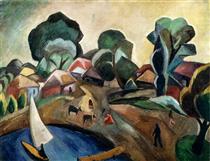
He had classes at the School of Painting, Sculpture and Architecture
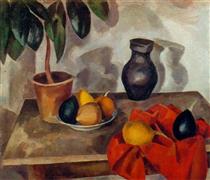
He made an educational trip to Italy
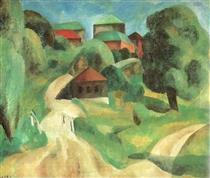
He began teaching at the State Art Workshops
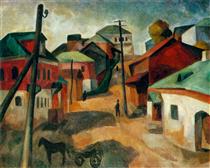
He taught for a short time at the Vitebsk Art School
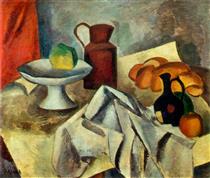
He was sent abroad
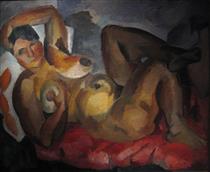
He made a creative tour around Crimea and Central Asia
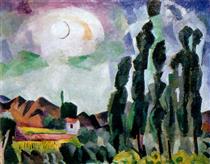
Worked as a graphic designer in Moscow
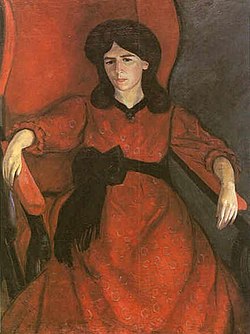
He was criticized as a “formalist artist”
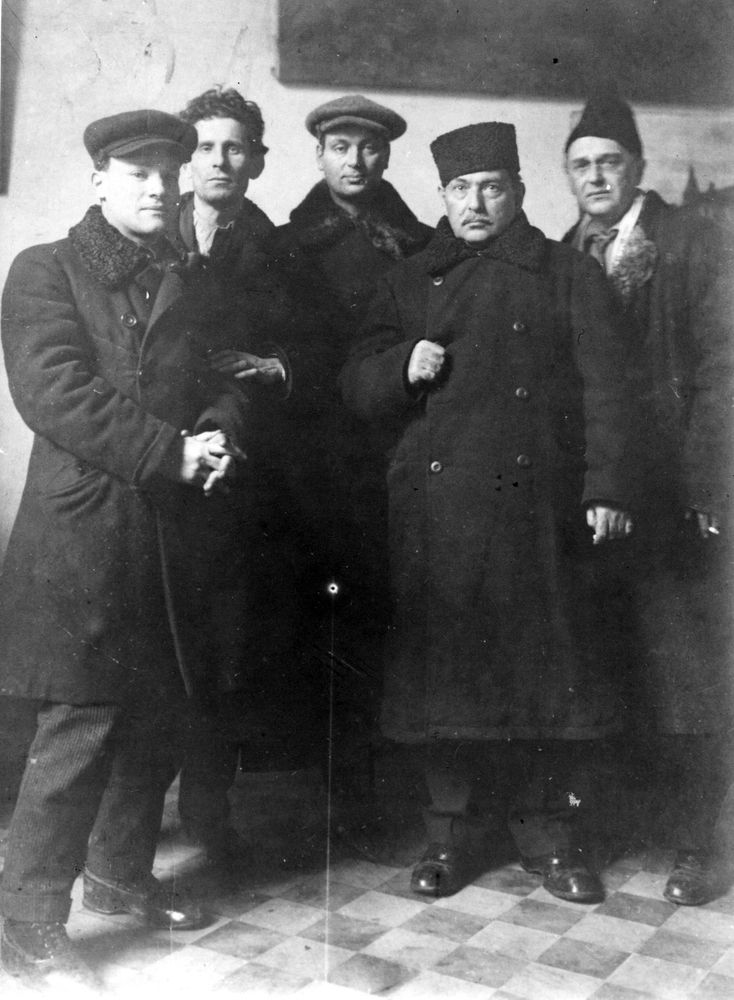
He created scenography for the Satire Theater

The artist died

Robert Falk
On Artist
flow
Cubism
Impressionism
Post-impressionism
friends
Aristarkh Lentulov
Petr Konchalovsky
Alexander Kuprin
artists
Paul Cezanne
Ilya Mashkov
Kostantin Korovin
Valentin Serov
Konstantin Yuon
Vincent van Gogh
By Artist
flow
Cubism
friends
Vsevolod Rozhdestvensky
Alexander Tyshler
Kazimir Malevich
Raisa Veniaminovna Idelson
artists
Ilya Iosifovich Kabakov
Eric Vladimirovich Bulatov
George G. Nyssa
Semyon Afanasevich Chuykov
Mikhail Pavlovich Ivanov-Radkevich
Eva Pavlovna Levina-Rosengolts
Raisa Veniaminovna Idelson
Nikolai Mikhailovich Romadin
Ostroumov Viktor Nikolaevich
Porfiry Falbov
Isaac Driez
Tatyana Mavrina
Lev Yakovlevich Zevin
Ivan Semenovich Chuykov
